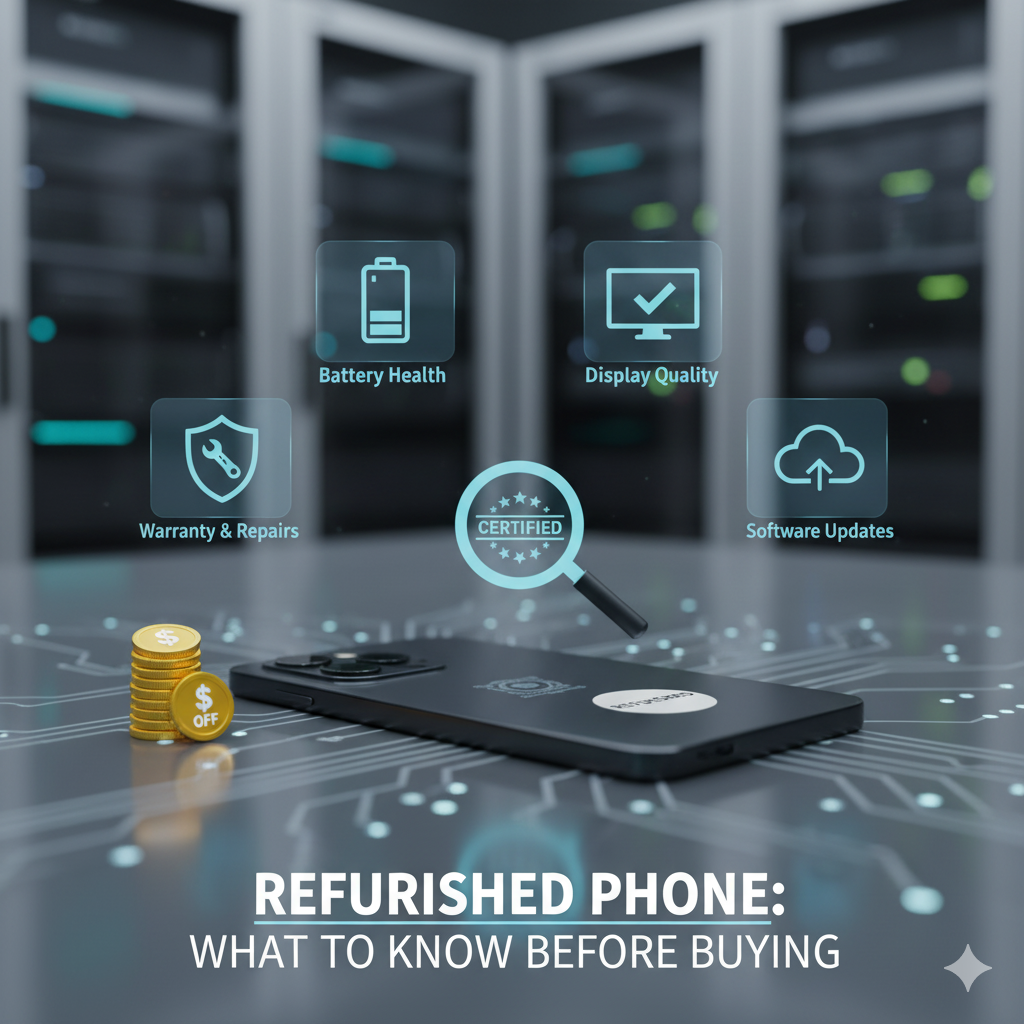Refurbished phones are no longer just secondhand bargains — they’re smart, sustainable alternatives to buying brand new. But not all refurbished devices are created equal.
In this guide, you’ll learn what a refurbished phone really is, how to tell a good deal from a bad one, and what checks you should make before pressing “buy.” Perfect for anyone who wants quality, reliability, and value without overspending.
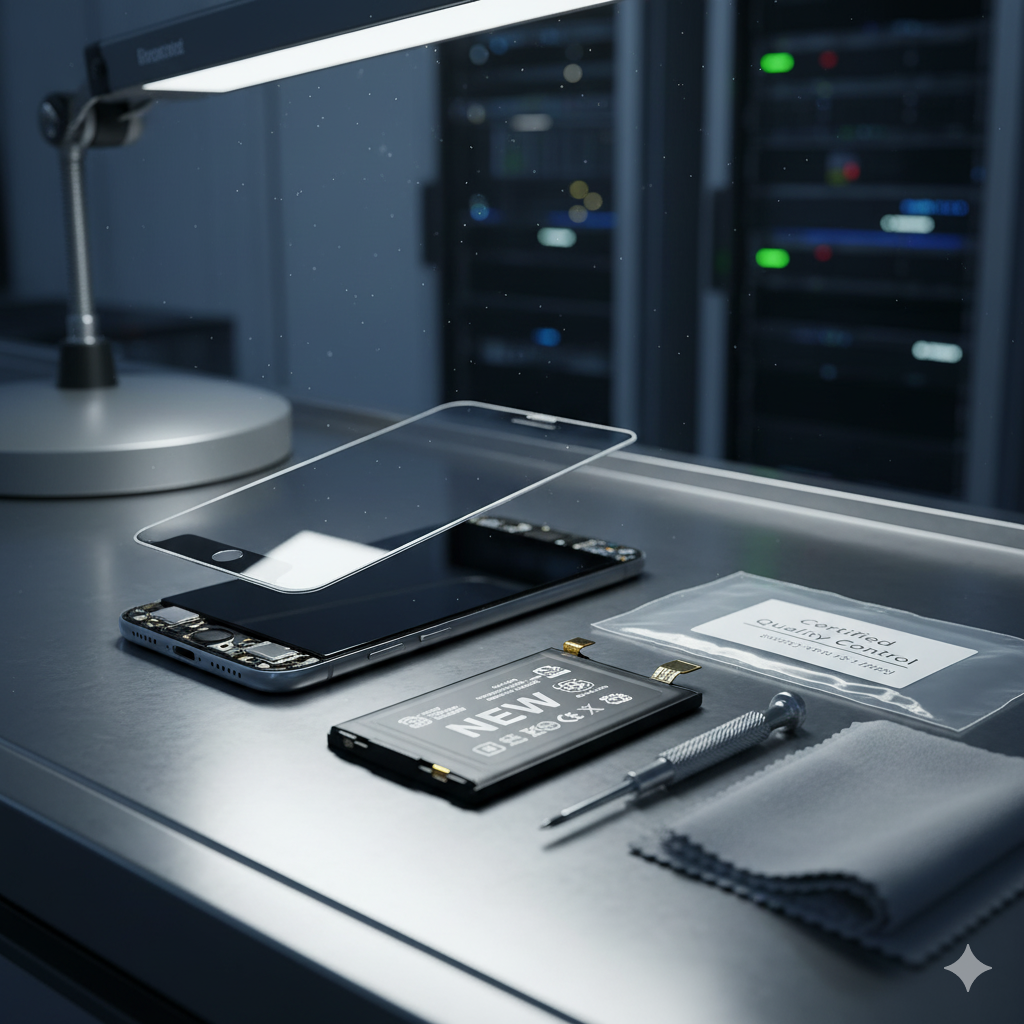
What Is a Refurbished Phone, Really?
A refurbished phone is a pre-owned device that has been professionally tested, repaired (if needed), cleaned, and certified for resale. Unlike a used phone sold “as is,” a refurbished one usually comes with some form of quality assurance and warranty.
These phones often go through diagnostic checks, hardware replacements (like batteries or screens), and software resets to make sure they perform like new.
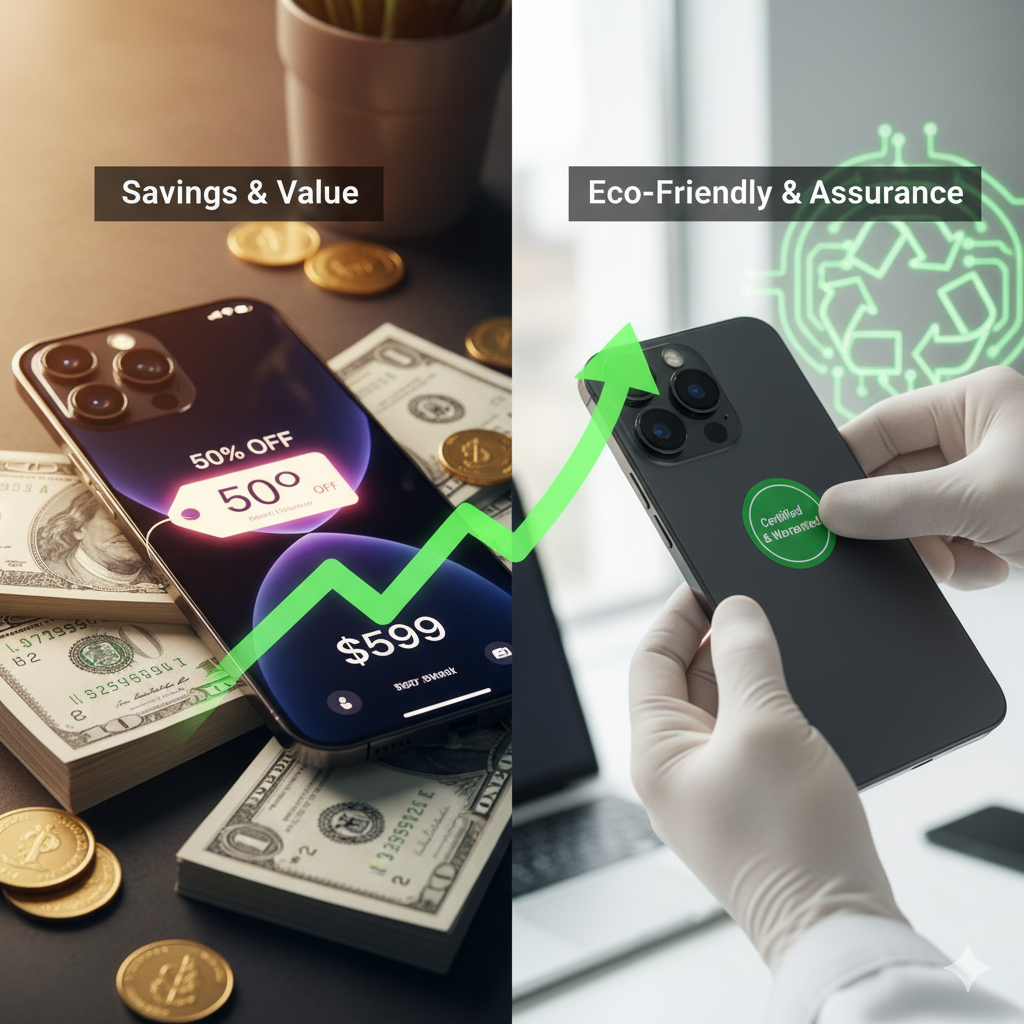
Why People Choose Refurbished Phones
Buying refurbished isn’t just about saving money — it’s about being smarter with technology.
Here’s why many people prefer refurbished phones today:
- Big savings — often 20–50% cheaper than new models.
- Eco-friendly — reduces electronic waste and extends device lifespan.
- Tested and verified — unlike random used phones, refurbished models are inspected by certified technicians.
- Warranty included — most reputable sellers offer at least 6–12 months of coverage.
Refurbished phones make flagship quality affordable without compromising functionality.
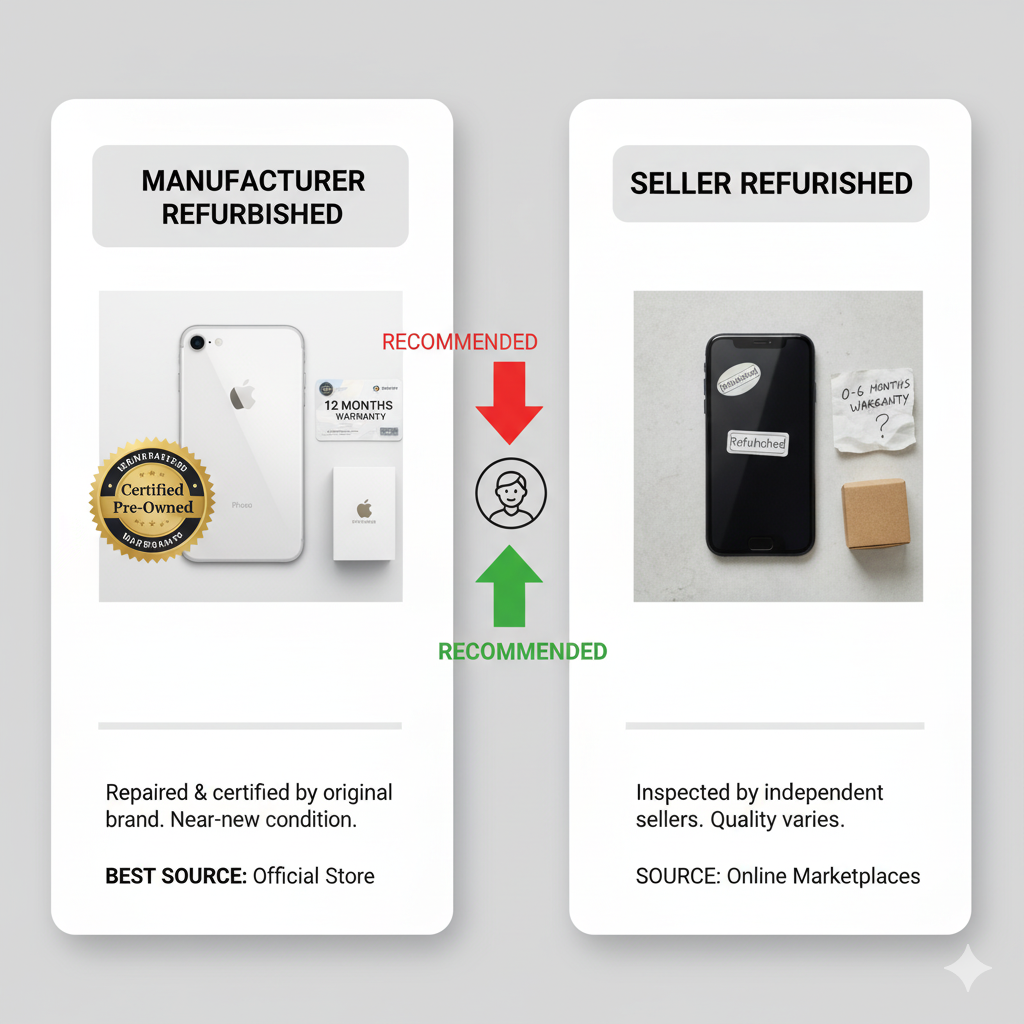
Certified vs. Seller Refurbished
Not all refurbished phones are equal — here’s what the labels really mean.
| Type | Description | Typical Warranty | Best Source |
|---|---|---|---|
| Manufacturer Refurbished | Repaired and certified by the original brand (e.g., Apple, Samsung, Google). Usually in near-new condition. | 12 months | Official store or brand partners |
| Retailer Refurbished | Inspected and restored by a trusted third-party retailer. | 6–12 months | Large online marketplaces or refurb specialists |
| Seller Refurbished | Refurbished by independent sellers. Quality and reliability can vary widely. | 0–6 months (sometimes none) | Online peer-to-peer sites or small shops |
When in doubt, go for manufacturer-certified or retailer-certified models — they undergo stricter testing and offer more reliable warranties.
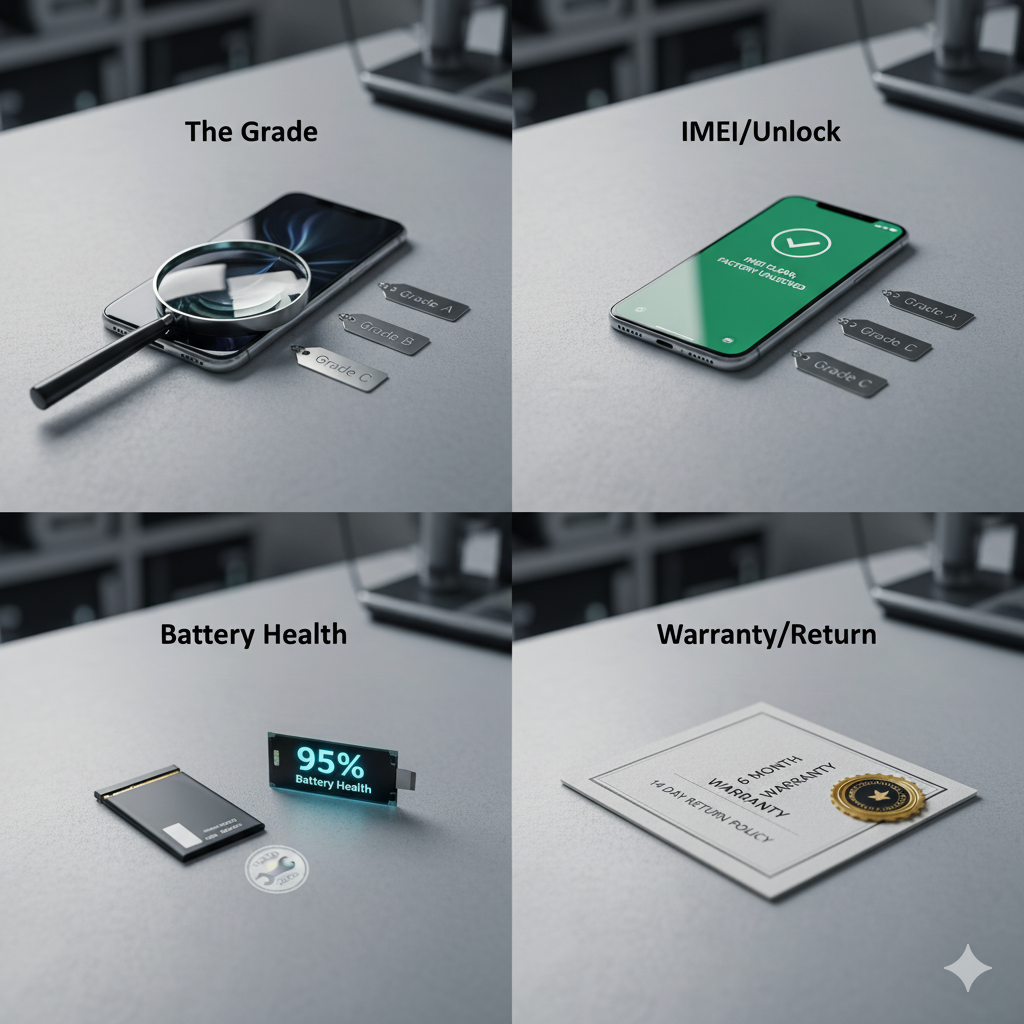
What to Check Before You Buy
A quick visual or spec check isn’t enough. Before purchasing, run through this checklist to make sure you’re getting a solid device:
1. Check the Grade
Refurbished phones are often sold in grades like:
- Grade A: Like new, minimal signs of use.
- Grade B: Light scratches or wear, fully functional.
- Grade C: Noticeable wear, may have small cosmetic flaws.
Always read the description carefully — a “Grade A” from one seller may mean something different from another.
2. Confirm IMEI and Unlock Status
Make sure the phone’s IMEI number is clean (not blacklisted) and that it’s factory unlocked, so you can use it with any carrier.
3. Ask About the Battery Health
Battery degradation is natural, but it matters. Ask the seller for the battery’s health percentage or if it’s been replaced. Anything below 85% may not last long.
4. Warranty and Return Policy
Avoid any refurbished deal without a clear warranty. A 6-month warranty is the minimum standard — and a 14-day return window is even better.
5. Original Accessories and Packaging
You may not always get original packaging, but it’s good to confirm what’s included — charger, cable, and accessories vary by seller.
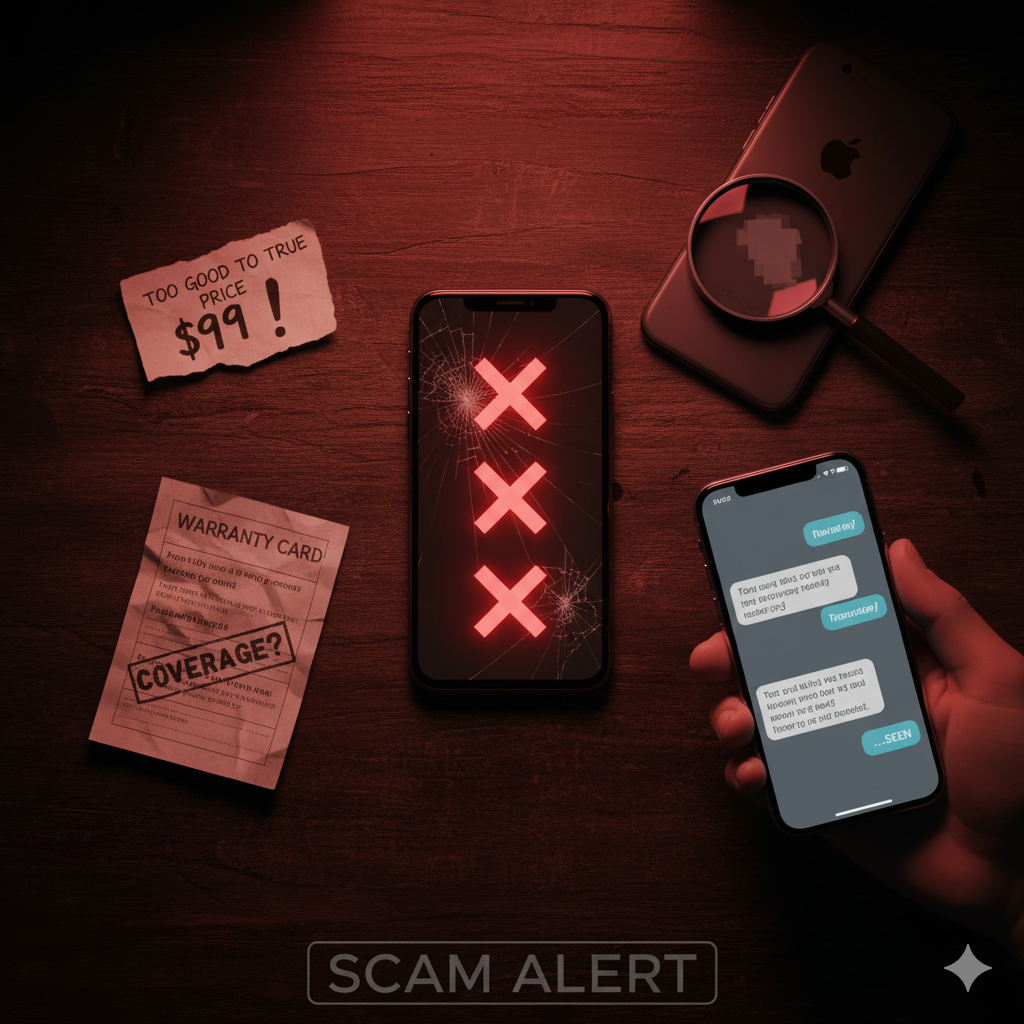
Red Flags to Watch Out For
Even with refurbished devices, scams happen. Be cautious if you notice:
- Prices that seem too good to be true.
- Missing serial or IMEI numbers.
- Vague or missing warranty information.
- Sellers avoiding questions about testing or battery condition.
Trustworthy sellers are transparent and usually provide photos, test reports, and warranty certificates upfront.
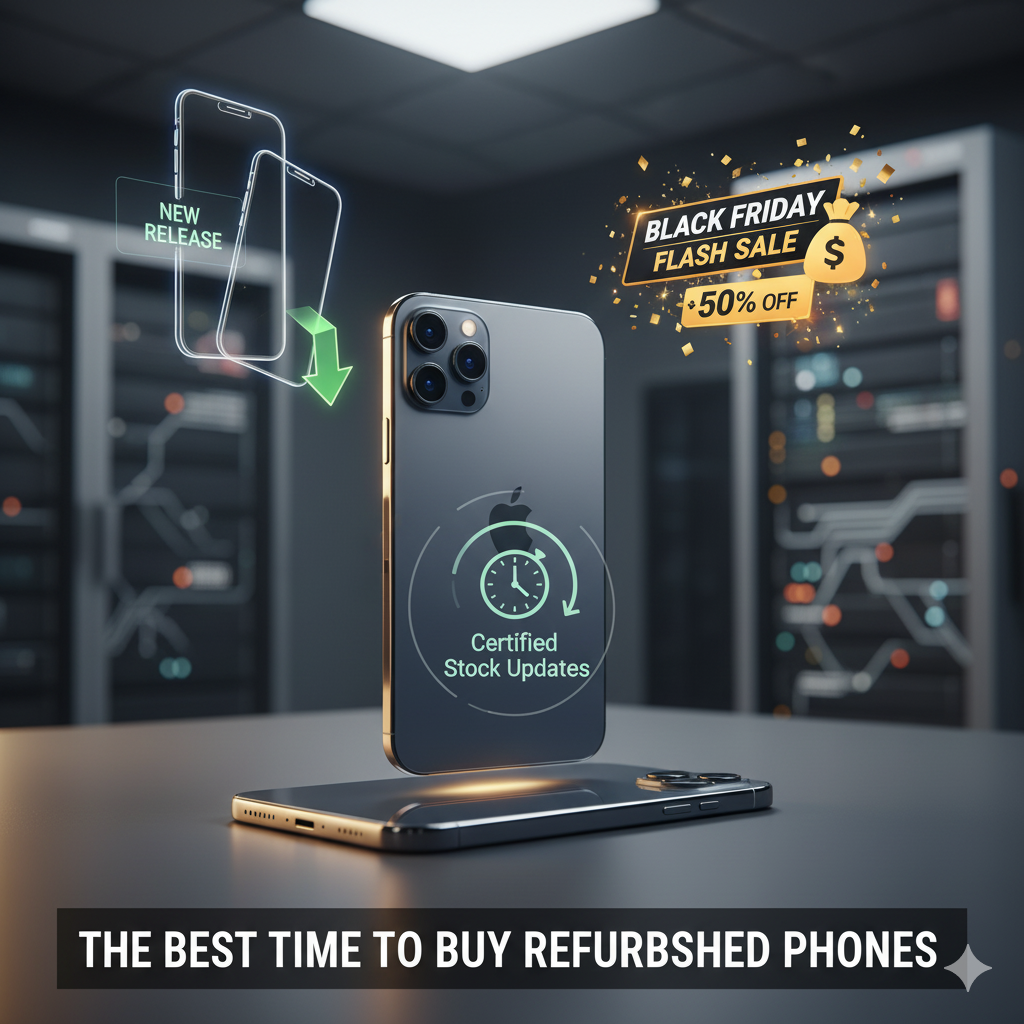
The Best Time to Buy Refurbished Phones
Timing matters. You’ll often find the best refurbished deals:
- Just after a new flagship release (when last year’s models are traded in).
- During tech sales events like Black Friday or mid-year promotions.
- From certified refurb programs that rotate stock regularly.
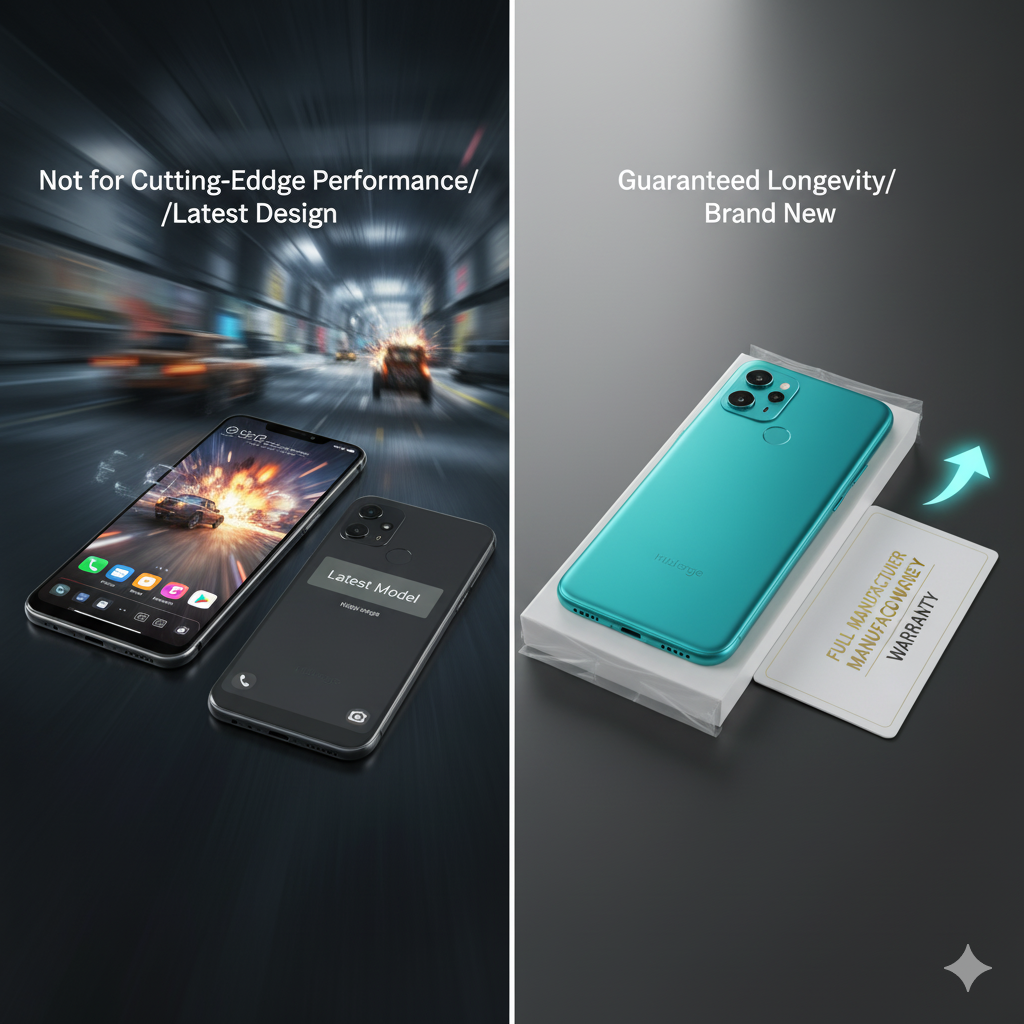
When a Refurbished Phone Isn’t the Right Choice
While refurbished phones are great for most users, they may not suit you if:
- You rely heavily on cutting-edge performance (e.g., gaming, 4K video editing).
- You want the latest design or color variants.
- You prefer guaranteed longevity (brand-new batteries and components).
In that case, consider mid-range new phones — they often cost about the same but come fully covered by manufacturer warranties.
Final Thoughts
Buying a refurbished phone in 2025 is no longer a gamble — it’s a smart consumer move. The key is knowing what to look for: warranty coverage, device grade, and seller transparency.
If you stick to certified refurbished programs, you’ll get a near-new phone that performs well, lasts long, and saves money — all while being kinder to the planet.
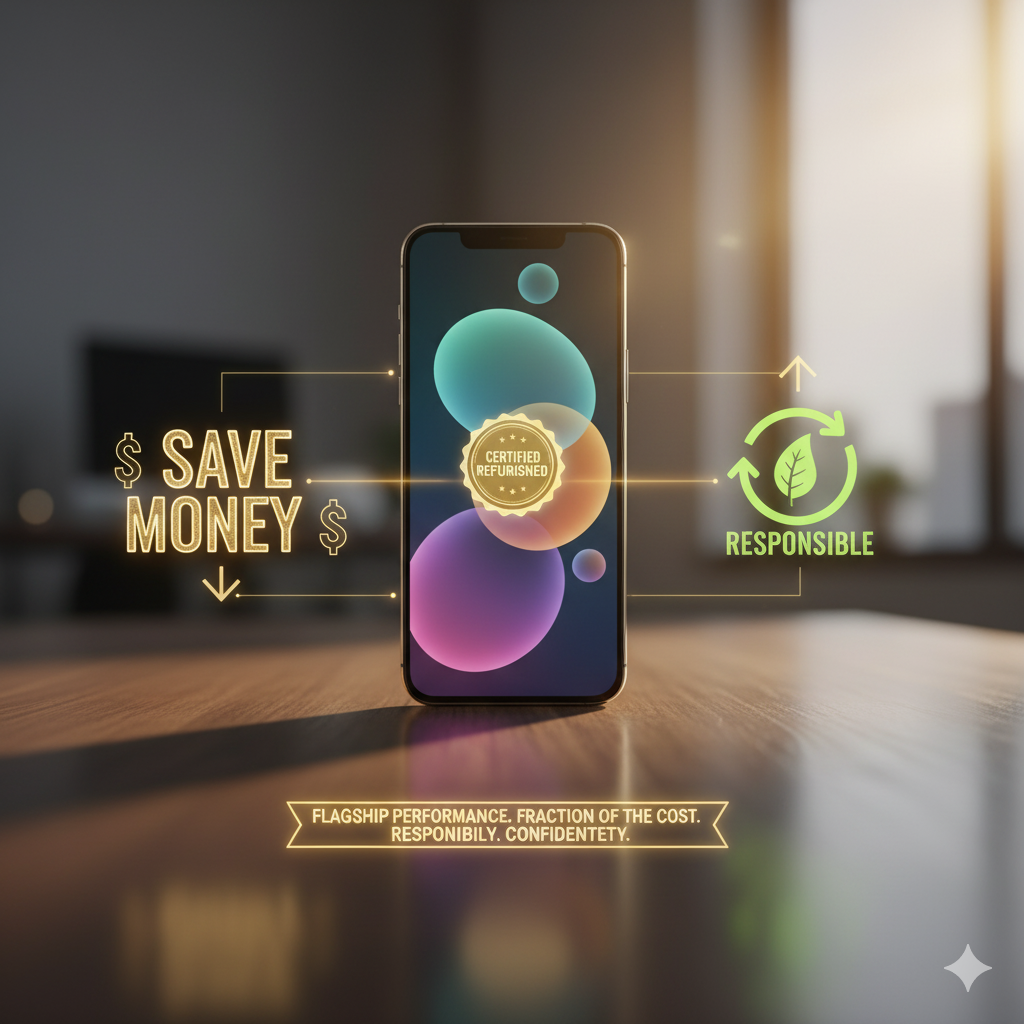
Key Takeaway
“Refurbished doesn’t mean risky. With the right checks, you can get flagship performance at a fraction of the cost — responsibly and confidently.”

